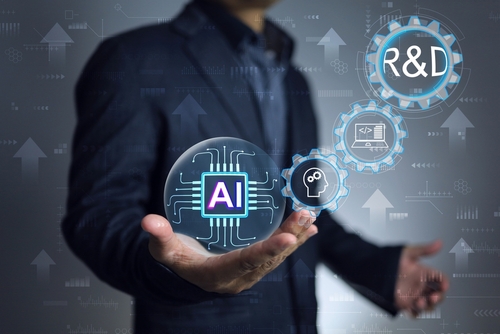
Reflection: The Journey to be Market Driven
In 2002, I had the opportunity to work with General Mills. I walked away thinking, “What a great company!” At that time, the sales organization

In 2002, I had the opportunity to work with General Mills. I walked away thinking, “What a great company!” At that time, the sales organization

Historically, supply chain leaders managed supply chains in a world of abundance. The industry is plunging into a period of scarcity. What does this mean?

Technology can change or even improve work. Companies today making a fundamental mistake: they are attempting to automate current processes with AI versus challenging and

This week, I began teaching a new round of outside-in planning classes. These classes are designed for networking and exploring outside-in models in a safe

Shifting sands. War. Tariffs. Shortages. Price increases. Ocean booking cancellations. Tightening of pocketbooks: changing demand patterns. Decline in consumer confidence. All are unsettling. Companies are

Drip. Drip. Drip. Industry 4.0. DripBig Data. Drip.The Connected Supply Chain. DripDigital Supply Chain. Drip.Autonomous Supply Chain Planning. Drip. Self-Healing Supply Chains. Drip. Touchless Supply

Thirteen years. 600 posts. Where does time go? For over a decade, since founding Supply Chain Insights in 2012, I have pounded the keyboard, asking

This week, I feel like a bobble-head. My head is wobbling with announcements, late-night Friday press releases, company name changes, and executive turnover in the

Traditional supply chain planning was defined by the theory of constraints and the Deming Wheel of Plan, Do, Check, and Act (PDCA) philosophies. The PDCA

I laugh when business leaders tell me that they are going to replace their current supply chain planning technologies with “AI.” Sounds good, but most